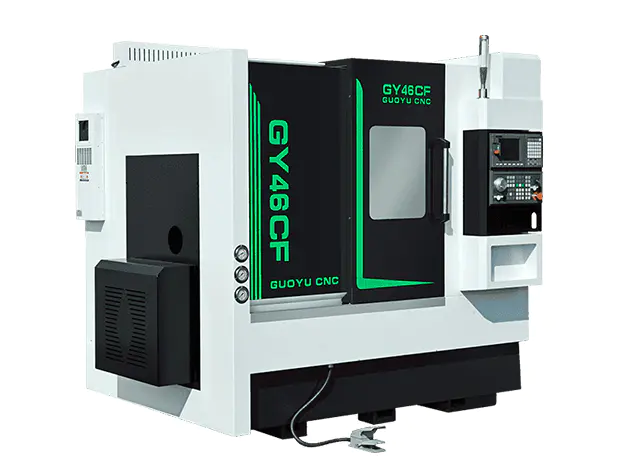Technical Characteristics: The CNC machine tool for inclined beds adopts the domestic or imported hi...
See Details
A heavy duty wood lathe is a cornerstone tool for woodworkers who demand precision, strength, and reliability in their projects. Whether you are crafting furniture components, artistic bowls, or structural wooden parts, selecting the right lathe is essential to ensure smooth operation and quality results. With a wide variety of models available on the market, choosing the heavy duty wood lathe can be a complex task.

These lathes provide the necessary torque and precision to shape tough hardwoods and oversized blanks, making them versatile tools for various woodworking tasks.
Key Factors to Consider When Selecting a Heavy Duty Wood Lathe
1. Swing Capacity
The swing capacity is the diameter of the wood piece that can be rotated safely on the lathe without touching the bed. For heavy duty wood lathes, the swing is often 16 inches or larger, with some industrial models exceeding 30 inches.
Choosing a lathe with sufficient swing capacity depends on the size of your typical projects. Larger swing capacity offers flexibility but usually increases machine size and cost.
2. Distance Between Centers
This measurement indicates the length of wood that can be mounted between the headstock and tailstock. A longer distance between centers allows working on longer pieces, such as table legs or spindles.
Heavy duty wood lathes commonly provide 40 inches or more between centers. Consider your project dimensions when selecting this specification.
3. Motor Power and Speed Range
Powerful motors are essential to maintain consistent speed and torque when turning dense or large wood blanks. Heavy duty lathes often come with motors ranging from 1.5 HP to over 3 HP.
Variable speed control is also important. It allows you to adjust spindle speed based on wood type and project size, enhancing control and finish quality. Look for models with smooth, stepless speed adjustments rather than fixed settings.
4. Bed and Frame Construction
A heavy duty wood lathe must have a solid bed and frame to reduce vibrations and increase stability. Cast iron beds are common due to their durability and weight, which helps dampen shaking during operation.
The bed design should also allow easy adjustment of the tool rest and tailstock for precision work.
5. Tool Rest and Tailstock Features
The tool rest should be adjustable and sturdy, allowing the operator to position tools comfortably for various cutting angles. Some lathes offer quick-release or locking mechanisms for tool rest height and position.
Similarly, the tailstock should provide smooth movement and secure locking to support the wood piece effectively during turning.
6. Additional Features
Consider extras such as:
Digital speed readouts for accurate control
Forward and reverse operation for specialized turning techniques
Easy access to controls for safety and convenience
Dust collection ports to maintain a clean workspace
Accessories compatibility, including chucks, faceplates, and steady rests
These features enhance usability and efficiency.
Safety Considerations
Heavy duty wood lathes operate with high power and speed, so safety features are vital. Look for emergency stop buttons, protective shields, and well-designed controls to minimize risk. Proper training and personal protective equipment are also essential to safe operation.
Maintenance and Durability
A well-built heavy duty lathe should require minimal maintenance while offering long service life. Choose models with accessible parts for lubrication and wear inspection. Robust construction with corrosion-resistant finishes helps ensure durability, especially in demanding workshop environments.
Our team of digital and business experts will guide you to the right direction.
Let's Talk